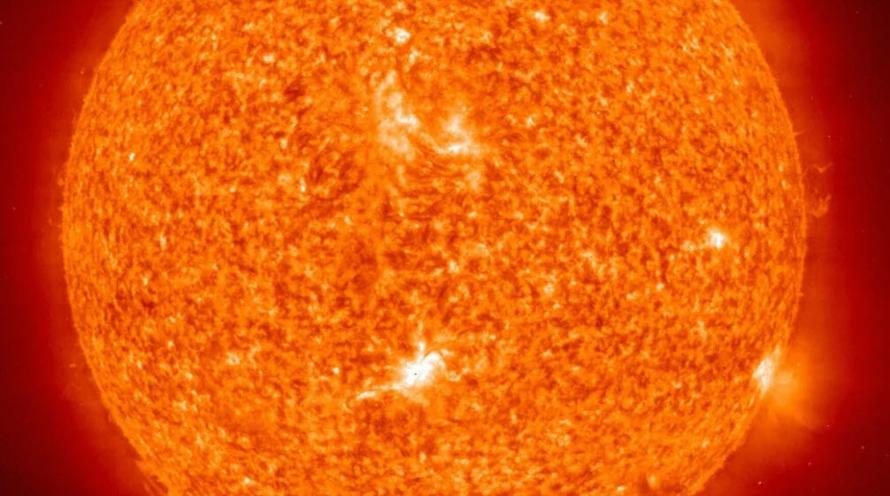Submitted by OilPrice: China is taking its renewable energy push to new heights, literally, after the country's scientists revealed plans to build and launch in orbit a space solar station that could capture the Sun’s rays 24/7, Chinese media report.
The sun photographed by NASA's Extreme Ultraviolet Imaging Telescope
China has already started to build an early experimental space power plant in the city of Chongqing, The Sydney Morning Herald reported, citing an article in China’s Science and Technology Daily.
The space solar station, planned to orbit the Earth at 36,000 kilometers (22,370 miles) could provide “an inexhaustible source of clean energy for humans,” according to Pang Zhihao, a researcher at the China Academy of Space Technology Corporation.
Such solar power technology could supply reliable energy 99 percent of the time and have six times the intensity of the solar farms that work on the earth, the scientist says.
China will start by launching small solar stations between 2021 and 2025, while a possible next step would be a Megawatt-level station planned to be built in 2030.
The energy from the space solar station would be converted into a microwave or laser beam that would be sent to the earth.
However, the project has two major hurdles to overcome in order to become a practical solution. One is the weight of a space solar station, expected to be more than two times the weight of the International Space Station. The other is the safety impact of laser or microwave beams sent to the earth.
China is not the only country studying the potential of harnessing the power of the Sun in space.
Caltech for example has its Space Solar Power Project, which has researched the use of ultralight, foldable, 2D integrated elements, Caltech has developed a prototype which collects sunlight, converts it to RF electrical power, then wirelessly transmit that power in a steerable beam.
According to Caltech’s research, “Collecting solar power in space and transmitting the energy wirelessly to Earth through microwaves enables terrestrial power availability unaffected by weather or time of day. Solar power could be continuously available anywhere on earth.”
Source
The sun photographed by NASA's Extreme Ultraviolet Imaging Telescope
China has already started to build an early experimental space power plant in the city of Chongqing, The Sydney Morning Herald reported, citing an article in China’s Science and Technology Daily.
The space solar station, planned to orbit the Earth at 36,000 kilometers (22,370 miles) could provide “an inexhaustible source of clean energy for humans,” according to Pang Zhihao, a researcher at the China Academy of Space Technology Corporation.
Such solar power technology could supply reliable energy 99 percent of the time and have six times the intensity of the solar farms that work on the earth, the scientist says.
China will start by launching small solar stations between 2021 and 2025, while a possible next step would be a Megawatt-level station planned to be built in 2030.
The energy from the space solar station would be converted into a microwave or laser beam that would be sent to the earth.
However, the project has two major hurdles to overcome in order to become a practical solution. One is the weight of a space solar station, expected to be more than two times the weight of the International Space Station. The other is the safety impact of laser or microwave beams sent to the earth.
China is not the only country studying the potential of harnessing the power of the Sun in space.
Caltech for example has its Space Solar Power Project, which has researched the use of ultralight, foldable, 2D integrated elements, Caltech has developed a prototype which collects sunlight, converts it to RF electrical power, then wirelessly transmit that power in a steerable beam.
According to Caltech’s research, “Collecting solar power in space and transmitting the energy wirelessly to Earth through microwaves enables terrestrial power availability unaffected by weather or time of day. Solar power could be continuously available anywhere on earth.”
Source

No comments:
Post a Comment